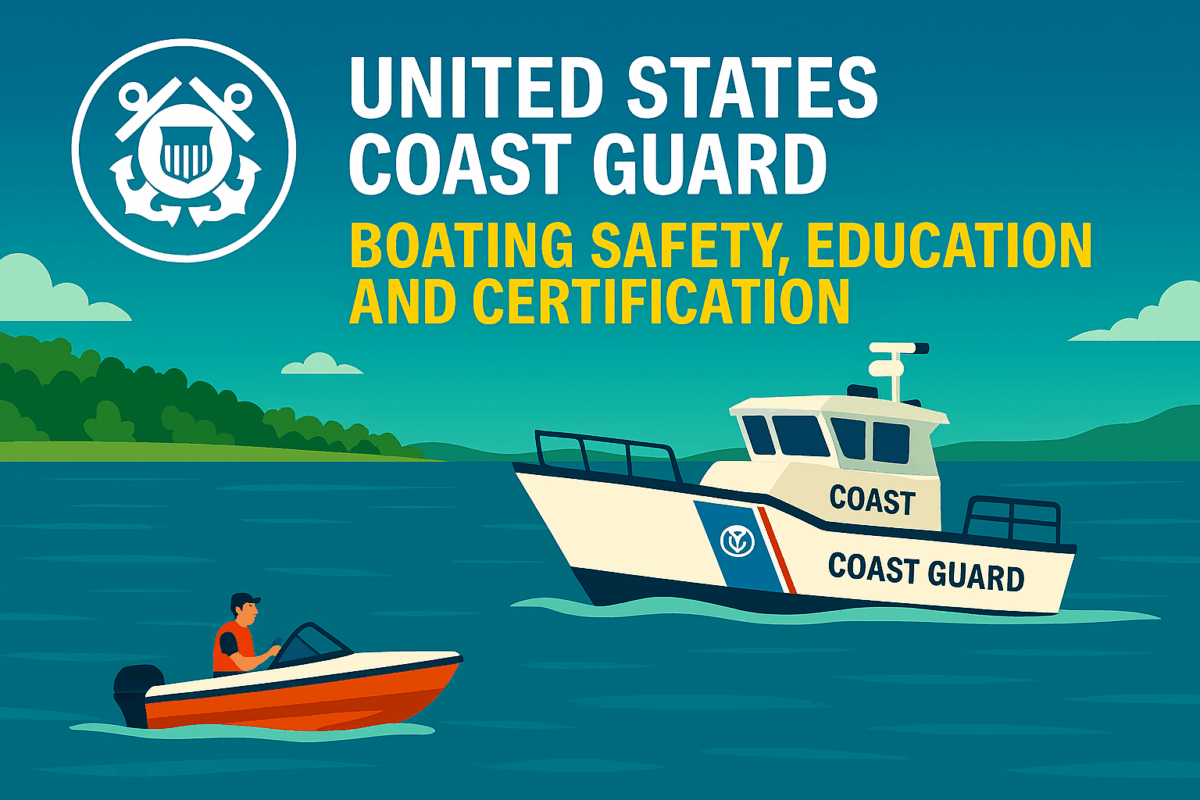Call: 1-800-832-7191

USCG Navigation Rules
Introduction to USCG Navigation Rules
The USCG Navigation Rules guide safe vessel operation and prevent collisions on U.S. and international waters. These rules apply universally. Mariners must understand and follow them to ensure safety and compliance. The rules include both Inland and International regulations.
Because waterways vary, the Coast Guard enforces different rules depending on location. Inland rules apply within demarcation lines; international rules govern outside them. Charts show these boundaries clearly. All boaters, regardless of experience, must know the basics of these rules.uscg
Key Principles of Safe Navigation
The USCG Navigation Rules define vessel responsibilities in various situations. These include crossing, overtaking, and head-on encounters. Each rule assigns right-of-way and outlines required actions. For example, a give-way vessel must alter course early and clearly.uscg
Maintaining a proper lookout is essential. Vessels must use sight, sound, and radar to detect risks. Safe speed is also critical. Operators must adjust speed based on visibility, traffic, and conditions. Because of these rules, accidents become less likely.
Lights, Shapes, and Sound Signals
Navigation rules also cover visual and audio signals. Vessels display specific lights and shapes to indicate status. These include anchor lights, towing signals, and restricted maneuverability markers. During restricted visibility, sound signals help identify vessel type and movement.uscg
For example, a vessel not under command must show red lights and sound specific signals. These indicators alert nearby vessels to take caution. Because of standardized signals, communication remains clear even in poor conditions.
Why USCG Navigation Rules Matter
The USCG Navigation Rules protect lives and property. They create a shared language for mariners. Whether you’re sailing, fishing, or cruising, these rules apply. Ignoring them can lead to fines, accidents, or legal consequences.
As boating traffic increases, rule awareness becomes more important. The Coast Guard updates regulations to reflect new technologies and practices. Because of this, mariners must stay informed and review changes regularly.uscg
The USCG Navigation Rules form the foundation of safe boating. They promote responsibility, awareness, and cooperation. By following them, mariners contribute to safer waterways for everyone.
